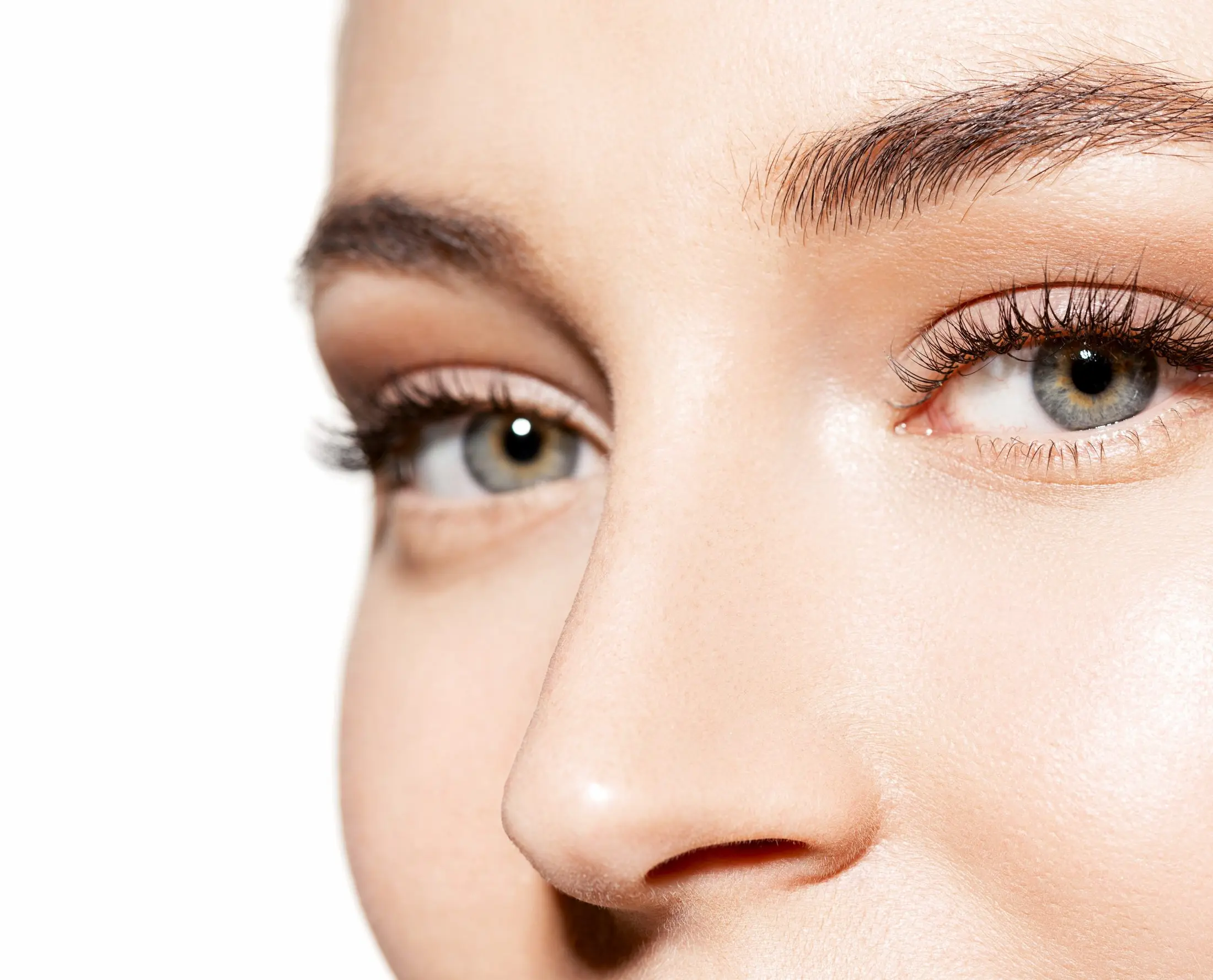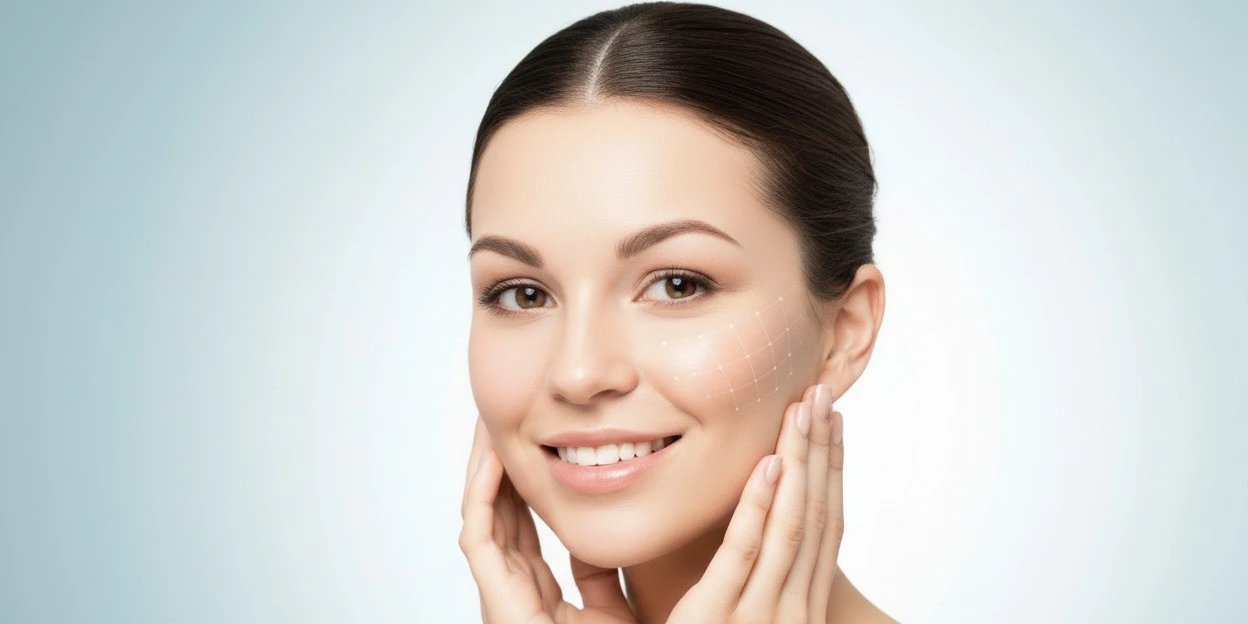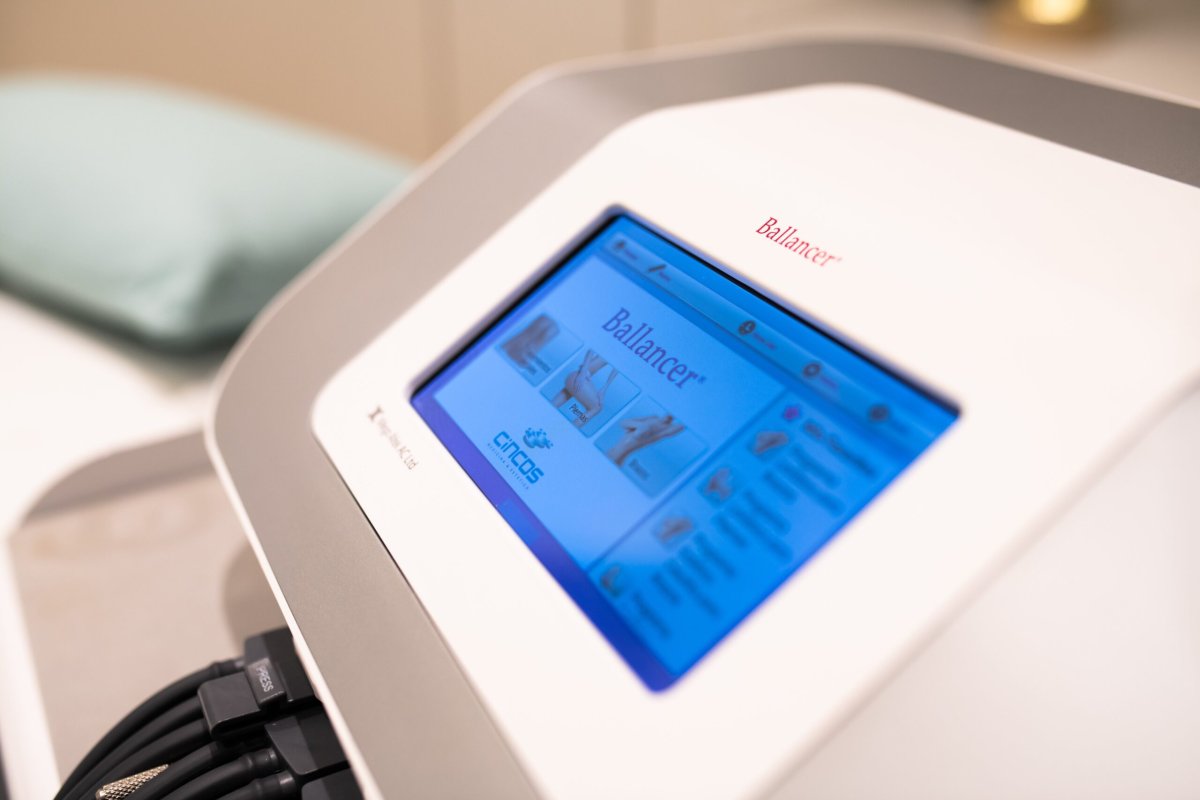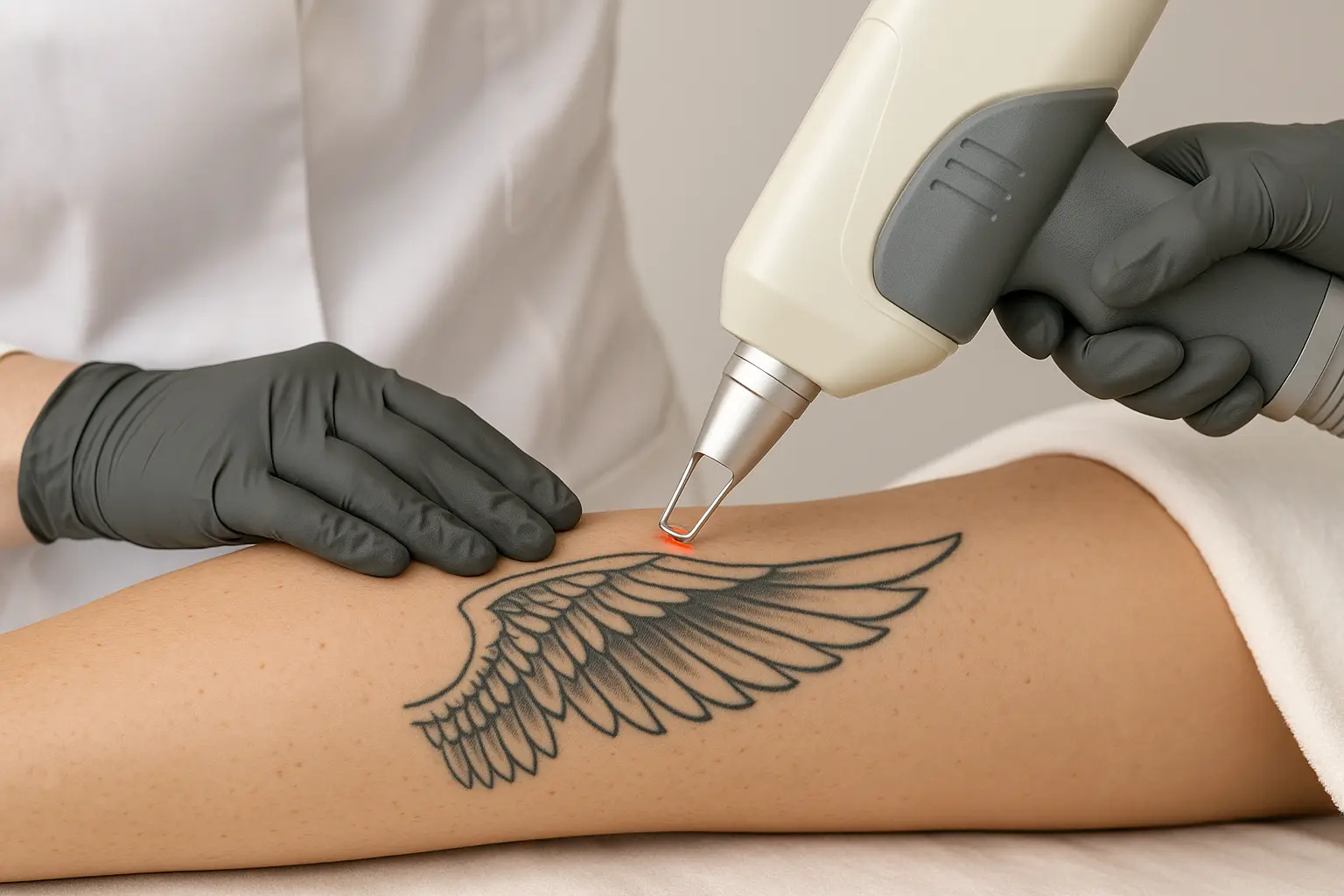Treatment for facial blemishes: Chemical peeling and Q-Switched Laser
Skin blemishes on the face are one of the most common aesthetic concerns for both men and women. Whether caused by sun exposure, ageing, hormonal changes or inflammatory processes, their appearance can affect the uniformity and luminosity of the skin, creating an aged or unkempt appearance. Fortunately, there are now treatment options for facial blemishes that can safely and effectively improve skin texture and tone.
Currently, there are safe and effective medical treatments available to significantly improve the appearance of the skin, restore its natural tone, and prevent the reappearance of these alterations. At Planas Salud Medicina Estética, we offer two of the most advanced techniques for treating facial blemishes: chemical peeling and Q-Switched laser treatment.
Why do blemishes appear on the face?
Facial blemishes are alterations in skin pigmentation caused by excess melanin in certain areas. These can have different causes:
- Prolonged sun exposure: Ultraviolet radiation is one of the main triggering factors.
- Hormonal changes: Pregnancy, contraceptive use, or endocrine disorders can cause melasma.
- Age: Over the years, irregular melanin production can lead to what are known as solar lentigines or age spots.
- Inflammation or previous injuries: Such as acne or poorly performed cosmetic procedures, which can leave residual pigmentation.
Correctly identifying the type and origin of the stain is essential for choosing the most appropriate treatment.
Effective treatments for facial blemishes
Not all spots are the same, nor do they respond in the same way to treatment. Therefore, it is essential to carry out a prior medical assessment to determine their depth, cause and characteristics. Based on this diagnosis, the most effective and safest techniques for each patient are defined.
At Planas Salud Medicina Estética, we work with personalised protocols that combine technological innovation and medical expertise to achieve visible, long-lasting results with the lowest possible risk. Two of the most recommended options for treating facial blemishes are chemical peels and Q-Switched lasers.
Chemical peeling: controlled skin renewal
Chemical peeling is a medical treatment that involves applying an acidic solution to the skin in order to exfoliate the most superficial layers and promote cell regeneration. This procedure helps to reduce or eliminate blemishes, refine skin texture and stimulate collagen production.
Main indications:
- Superficial spots caused by the sun
- Mild or moderate melasma
- Dull and uneven skin tone
Benefits of treatment:
- Noticeable improvement in facial brightness and evenness
- Non-invasive treatment with rapid recovery
- Compatible with other depigmentation treatments
Depending on skin type and diagnosis, different types of acids can be used, with varying intensities.
Q-Switched Laser: precision and technology for more stubborn spots
The Q-Switched laser is an advanced technology designed to break down melanin deposits accumulated in the skin. Its main advantage is its ability to act selectively on pigmentation without damaging surrounding tissue.
This treatment is particularly effective on deep, stubborn or localised blemishes, and is also used in cases of post-inflammatory pigmentation or unwanted tattoos.
Main indications
- Solar lentigines
- Age spots
- Deep skin pigmentation
- Cases where other treatments have been ineffective
Benefits
- High precision in the treatment of specific spots
- Quick and well-tolerated sessions
- Visible results after just a few applications
The number of sessions will depend on the medical assessment and each patient’s individual response to treatment. However, between 5 and 8 sessions are recommended.
Treatment for blemishes: Before and After
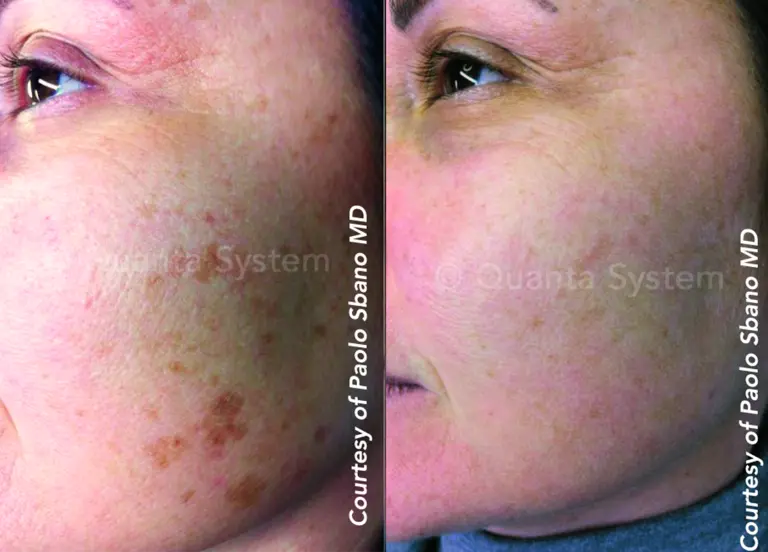
Which treatment is most suitable for you?
The choice between chemical peels and Q-Switched lasers will depend on multiple factors: the type of blemish, the depth of the pigment, the skin phototype, and the patient’s expectations. In some cases, a combination of both may even be recommended to achieve better results.
For this reason, it is essential to consult a specialist doctor at a clinic such as Planas Salud, where each case is assessed individually and a tailored treatment plan is established.
At Planas Salud Medicina Estética, we perform a free facial diagnosis to determine the safest and most effective treatment, always under medical supervision and using certified, cutting-edge technology.
Post-treatment care and prevention of blemishes
After undergoing a depigmentation treatment, it is essential to follow certain recommendations to maintain the results and prevent the reappearance of spots on the face:
- Daily use of broad-spectrum sunscreen
- Avoid direct exposure to sunlight, especially in the days following treatment.
- Follow a tailored skincare routine (moisturising, topical depigmenting agents, antioxidants)
- Regular check-ups with the specialist to assess progress
Well-cared-for skin is key to maintaining the effects of treatment and preventing new pigmentation.
If you are considering this type of treatment, we invite you to schedule a consultation and discover how we can help you!

Frequently asked questions about treatment
What is the best treatment for removing spots on the face?
The ideal treatment depends on the type of blemish, its depth, and skin type. In many cases, chemical peels are effective for superficial blemishes, while Q-Switched lasers are more suitable for deep or stubborn pigmentation. A medical evaluation is key to determining the best option.
What care should I take after a depigmentation treatment?
It is essential to apply sunscreen every day, avoid direct exposure to the sun, and follow a skincare routine recommended by your doctor. You should also avoid irritating products in the days following treatment.
Can chemical peels and Q-Switched lasers be combined in the treatment of facial blemishes?
Yes, in many cases it is possible and advisable to combine both procedures to enhance the results. Chemical peels act on the surface layers of the skin, while Q-Switched lasers reach deeper pigmentation. This combination, always under medical supervision, allows different types of blemishes to be treated more thoroughly and effectively.

